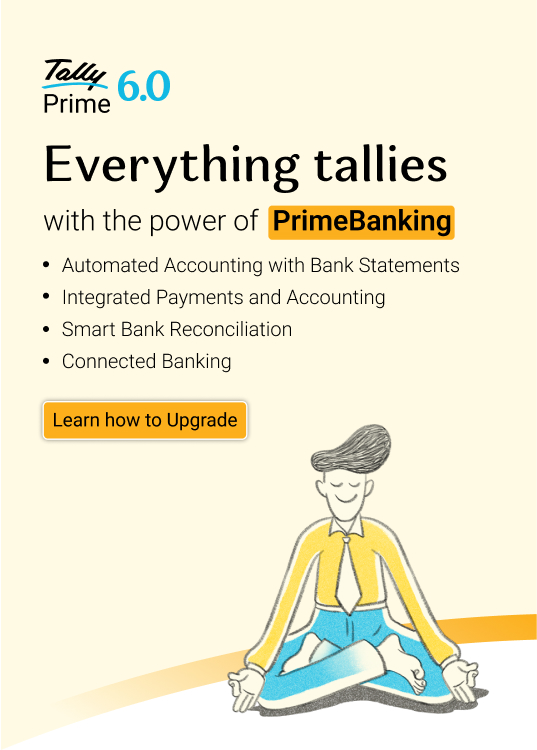A few years ago, a Bangalore-based SaaS startup was puzzled. Their product was sharp, demos flawless, pricing competitive—yet enterprise deals kept stalling. Prospects went silent after months of “great conversations.”
What changed everything?
In a strategy meeting, someone suggested shifting gears—from pitching features to understanding buyer psychology. The team stopped “selling” and started listening. And slowly, stalled deals began to close.
That’s the real science of B2B persuasion: it isn’t about chasing harder—it’s about having better conversations, reading the invisible cues, and building trust without the pushy tactics.
Let’s decode the psychology and practical steps that make persuasion work in B2B—minus the hard sell.
The psychology behind B2B buying: Logic meets emotion
Many assume B2B buyers are cold, purely rational decision-makers. In reality, they’re as human as the rest of us. Yes, they’ll scrutinize specs, ROI, and compliance—but emotions quietly shape their choices too.
Here’s what’s really at play:
-
Risk aversion – Nobody wants to make a costly mistake that gets them blamed. Fear of embarrassment often drives “safe” decisions.
-
Multiple stakeholders – Unlike B2C, you’re not selling to one person. You’re selling to a group with competing priorities, egos, and hidden politics.
-
Credibility craving – Decision-makers want to look smart in front of peers and bosses. They’ll choose vendors who help them shine.
Bottom line? Even in boardrooms filled with spreadsheets, trust and emotion quietly influence the final “yes.”
Trust: The real currency of B2B deals
Unlike B2C where impulse often wins, B2B deals are long, researched, and high-stakes. Buyers aren’t just evaluating your product—they’re evaluating you.
So how do you build trust without turning sales calls into TED Talks?
-
Communicate clearly – Forget jargon. Use the Pyramid Principle: start with the “so what,” then unpack details.
-
Show social proof – Case studies, client logos, and testimonials aren’t bragging—they’re risk reducers.
-
Be transparent – No hidden costs. No last-minute surprises. Transparency builds repeat buyers.
-
Display authority – Share insights, not just pitches. Blogs, webinars, or whitepapers position you as an advisor.
-
Play the long game – Don’t rush. This is test cricket, not T20. Long-term trust compounds.
Think of trust like oxygen—it’s invisible, but without it, no deal survives.
Consultative selling: The power of asking questions
Picture this: you meet a salesperson who launches into their pitch the second you shake hands. Boring, right?
Now imagine one who asks, “What’s the biggest roadblock holding your team back right now?” Suddenly, it’s a conversation, not a monologue.
That’s consultative selling. It works because it makes the buyer feel heard, not sold to. Ask questions like:
-
“How does this challenge impact your business goals?”
-
“If we solved this, what would it mean for your team?”
By connecting their pain points with your solution, you shift from vendor to advisor—and advisors win bigger, longer-term deals.
Negotiation without pressure: Creating win-wins
Closing in B2B isn’t about cornering your prospect—it’s about crafting outcomes that feel mutual.
Here’s how persuasion sneaks into negotiation:
-
Value stack before price – Recap benefits before mentioning cost. Anchor them on value, not numbers.
-
Use silence strategically – After an offer, pause. Give buyers room to process (and maybe even sell themselves on your solution).
-
Reframe cost as investment – Instead of “₹X for software,” say “₹X to reduce churn by 20%.” Position it as ROI, not expense.
The result? Less buyer hesitation, more durable deals.
The real secret: Subtle nudges, not hard pushes
Persuasion in B2B isn’t about pressure. It’s about:
-
Making buyers feel safe, not cornered.
-
Asking better questions, not louder pitches.
-
Playing the long game, not chasing quick wins.
The more you align with buyer psychology, the more your solution feels like the natural next step—not a risky leap.
So next time you’re prepping for a pitch, ask yourself:
Am I pushing a product… or guiding a decision?
That small mindset shift could be the most persuasive move you ever make.


















